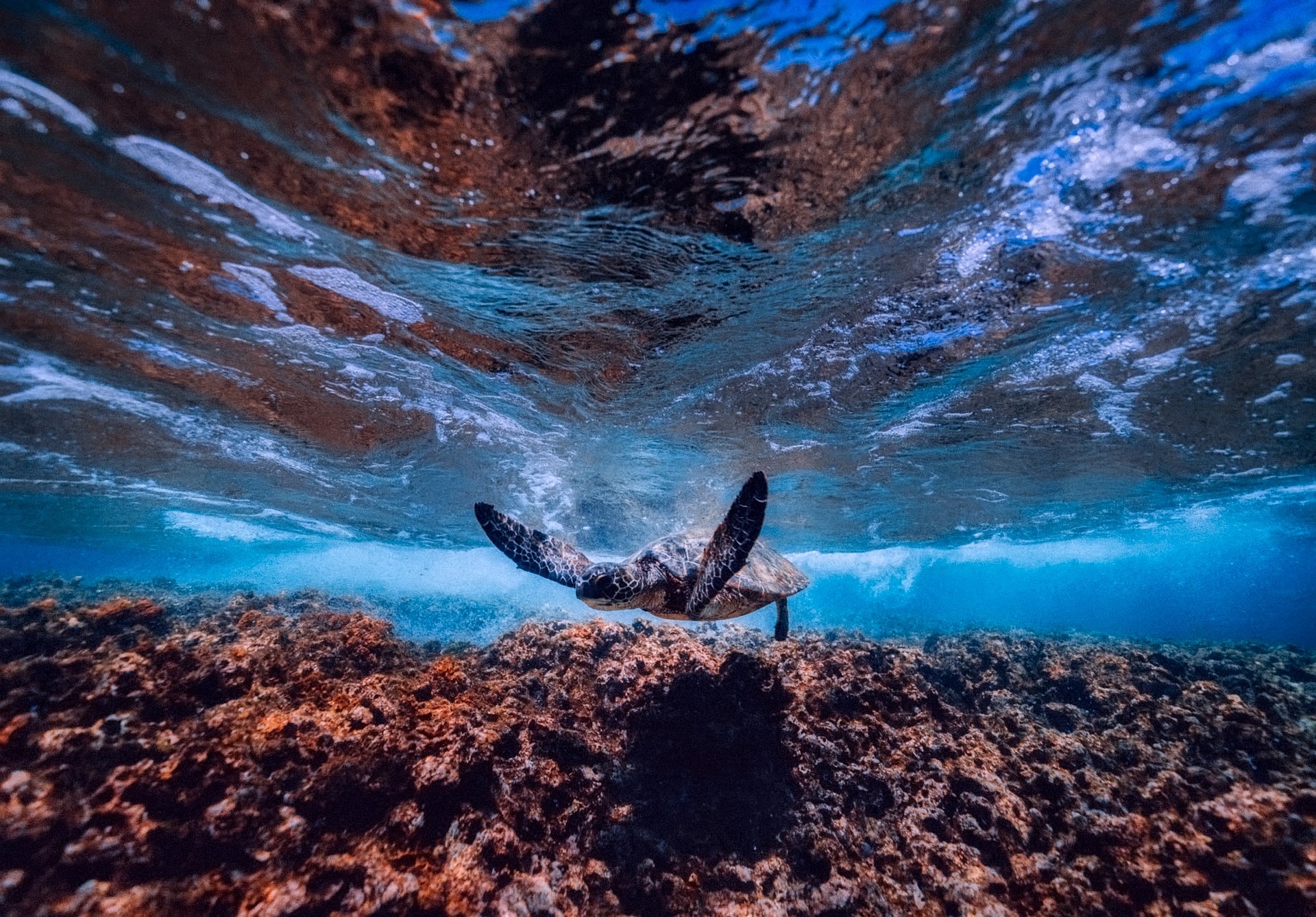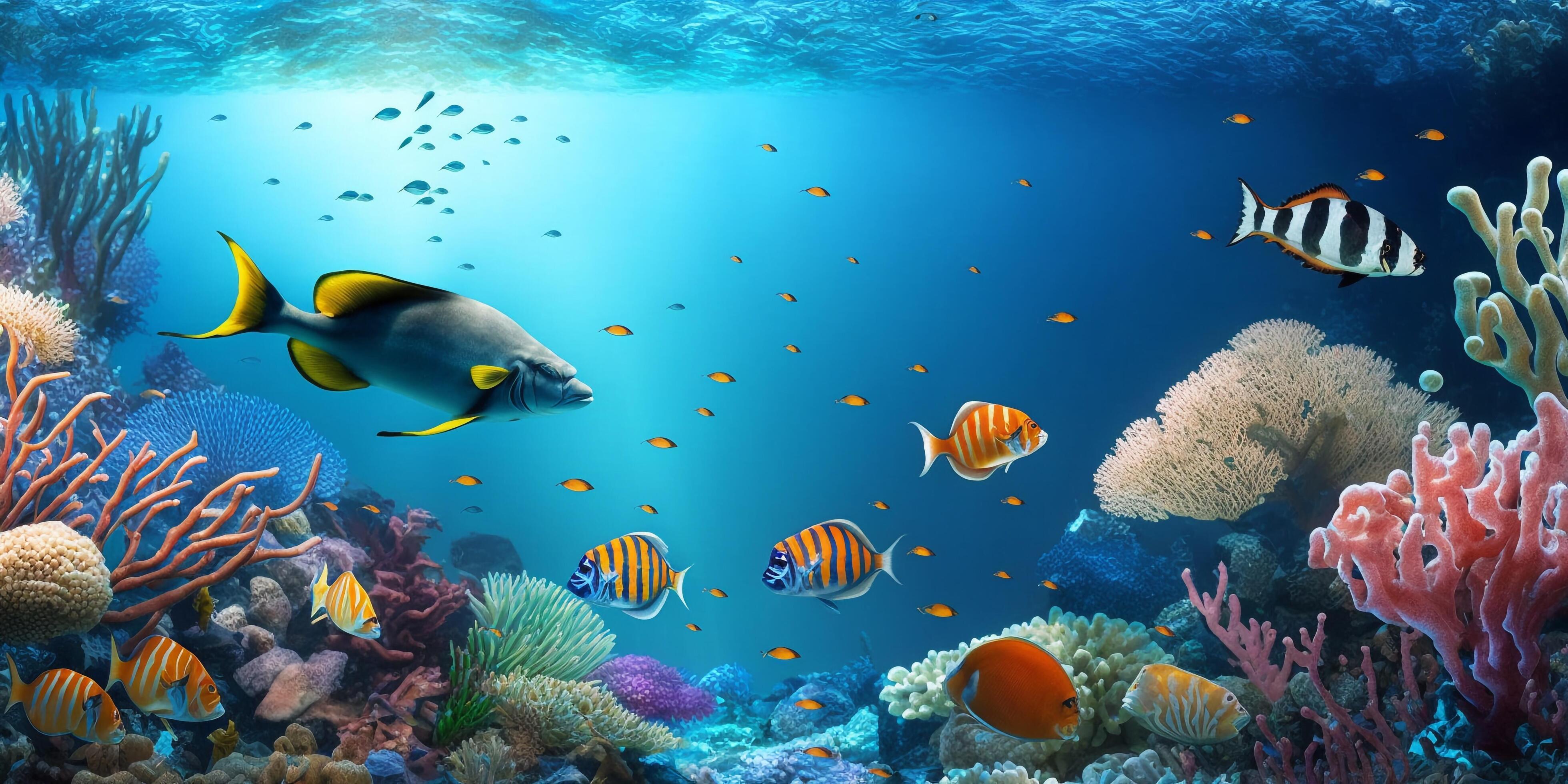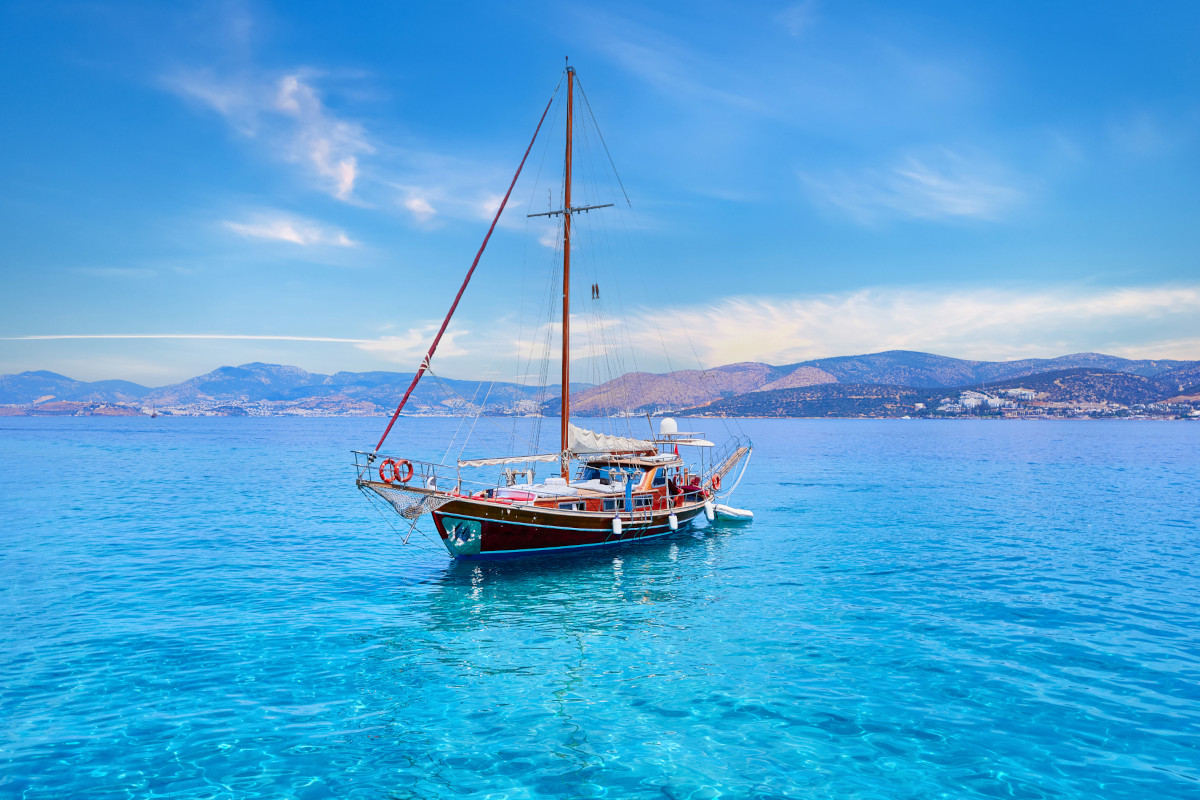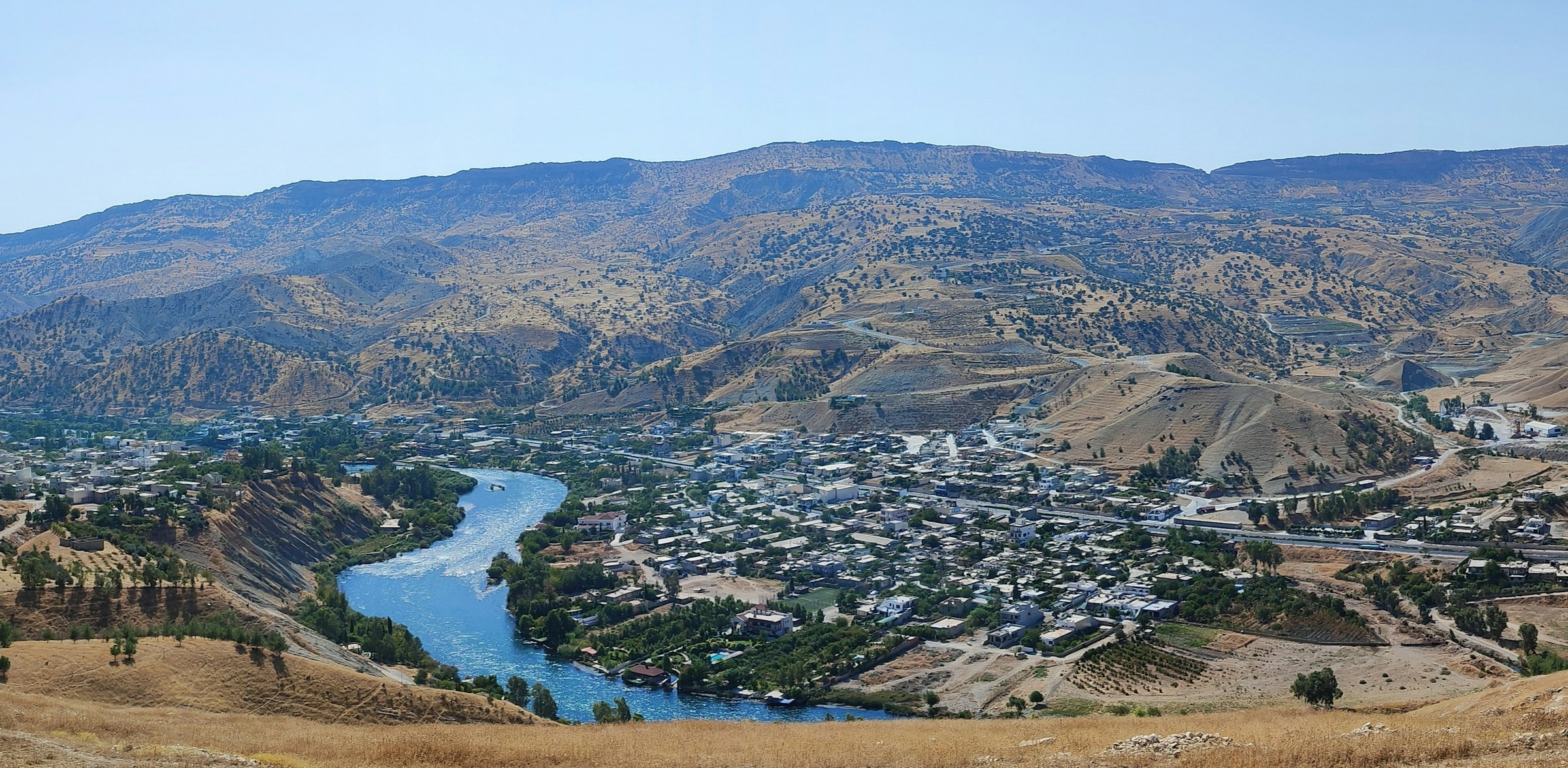The world’s oceans, the lifeblood of our planet, are undergoing a profound transformation. Driven by climate change, rising temperatures, acidification, deoxygenation, and shifting currents are not just abstract environmental concepts; they are direct threats to global food security, economic stability, and cultural heritage. At the front line of this crisis are marine fisheries, which provide livelihoods for hundreds of millions and are a primary source of protein for billions. The challenge is no longer solely about preventing climate change but urgently about adapting to its inevitable impacts. Climate change adaptation for marine fisheries is the critical process of adjusting practices, policies, and management to build resilience and ensure sustainability in a changing ocean.
The Inescapable Impacts on a Changing Sea
To understand adaptation, one must first grasp the scale of the threat:
- Shifting Stocks: As ocean temperatures rise, fish species are migrating poleward or to deeper, cooler waters. This exodus is disrupting established fishing grounds. A fishery that once thrived in a specific location may find its target species have moved hundreds of miles away, leading to conflicts over new resources and the collapse of local fishing communities.
- Ocean Acidification: Increased carbon dioxide absorption is making seawater more acidic. This hampers the ability of shellfish, corals, and plankton to build their calcium carbonate shells and skeletons. This threatens the entire marine food web, from tiny organisms to the fish that eat them.
- Ecosystem Disruption: Climate change acts as a destabilizing force. It intensifies extreme weather events like hurricanes, which can destroy critical infrastructure like ports and boats. Warming waters also contribute to coral bleaching, destroying vital nursery habitats for countless fish species.
- Human Impacts: These biological changes have direct human consequences. They lead to reduced catches, increased volatility in incomes, heightened safety risks as fishers travel further into rough seas, and potential for increased conflict between fishing communities and nations.
The Pillars of Fisheries Adaptation
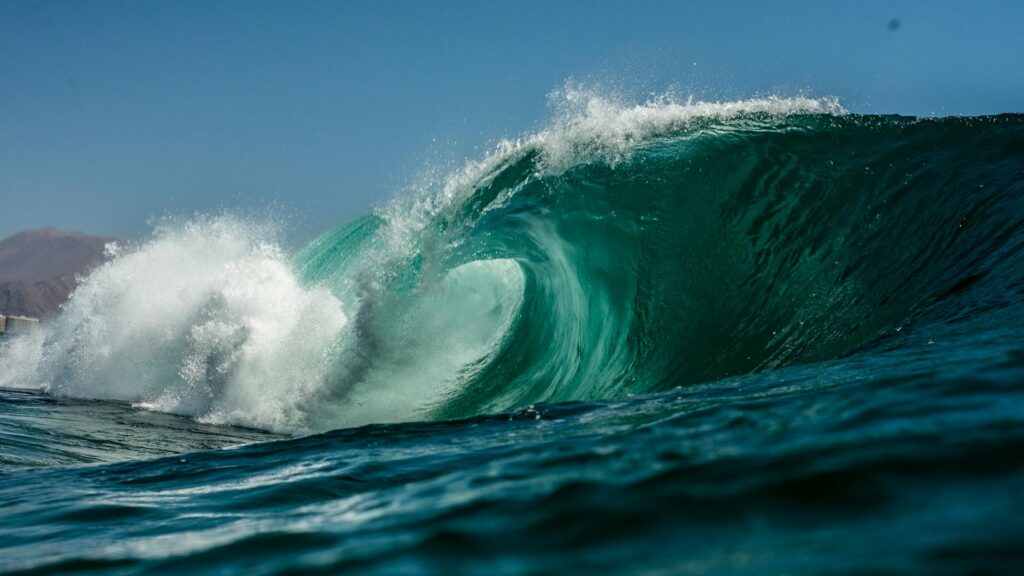
Adaptation is not a single solution but a multi-faceted strategy. It involves a suite of actions ranging from community-based initiatives to international policy reforms. Key adaptation strategies include:
1. Adaptive Management and Flexible Policies:
Traditional fisheries management relies on static rules based on historical data. Adaptive management embraces flexibility. This includes:
- Dynamic Quotas and Seasons: Adjusting catch limits and fishing seasons based on real-time data and stock assessments that account for environmental changes.
- Expanded Monitoring: Investing in robust scientific research and data collection to track fish population movements and ecosystem health in real-time.
2. Diversifying Livelihoods:
Reducing dependence on a single vulnerable species is crucial for community resilience.
- Aquaculture Integration: Promoting sustainable aquaculture (mariculture) can provide alternative income and food sources, relieving pressure on wild stocks.
- Eco-Tourism and Value-Adding: Helping fishing communities develop complementary businesses like processing catches into higher-value products or offering fishing tourism experiences.
3. Protecting and Restoring Ecosystems:
Healthy ecosystems are more resilient to change.
- Establishing Marine Protected Areas (MPAs): Networks of MPAs, especially those designed as “climate refugia,” can protect critical habitats like mangroves, seagrass beds, and coral reefs, allowing fish populations to recover and thrive.
- Habitat Restoration: Actively restoring degraded habitats such as oyster reefs and mangroves, which provide natural coastal protection from storms and serve as nurseries for fish.
4. Social and Economic Support Systems:
Adaptation is ultimately about protecting people.
- Early Warning Systems: Developing systems to alert fishers to dangerous weather conditions or harmful algal blooms, which are becoming more frequent.
- Disaster Relief and Insurance: Creating financial safety nets and insurance schemes for fishers facing losses from climate-related disasters.
- Community-Led Planning: Involving fishers directly in the adaptation planning process, ensuring solutions are practical, culturally appropriate, and equitable.
The Path Forward: Collaboration and Equity
Effective adaptation requires unprecedented collaboration across all levels of society. Scientists must provide accessible data. Governments must create enabling policies and secure funding. The fishing industry must be willing to adopt new practices. And consumers can support sustainability through their choices.
Furthermore, a core principle of adaptation must be climate justice. The small-scale and artisanal fishers in developing nations, who contribute least to global emissions, are often the most vulnerable to its impacts. International support, technology transfer, and funding are essential to ensure these communities are not left behind.
The ocean is changing. We cannot simply continue fishing as we have for centuries. By embracing innovation, flexibility, and a profound respect for both the marine ecosystem and the communities that depend on it, we can navigate these uncharted waters. The goal of adaptation is not just to sustain fish populations, but to safeguard a way of life for generations to come.

